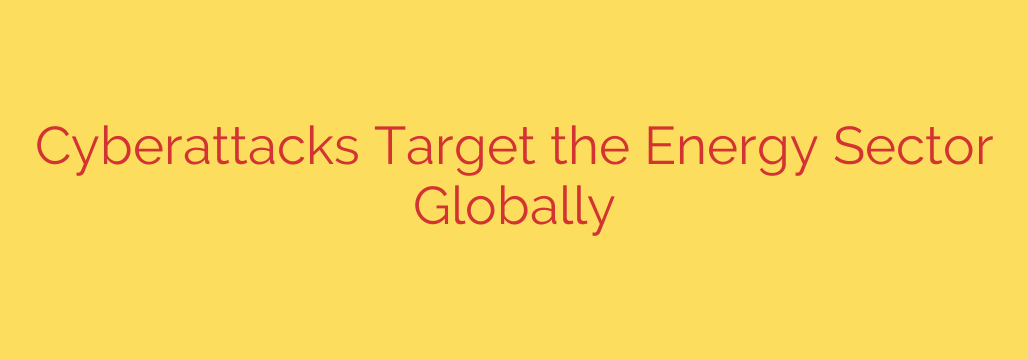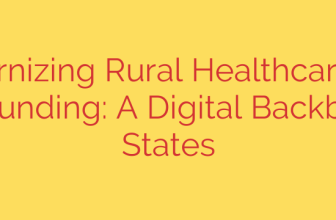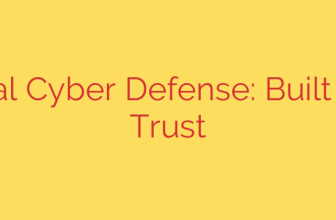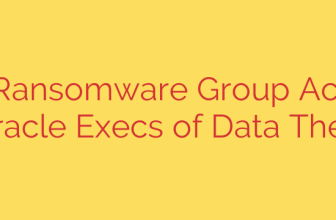
Power Under Pressure: The Growing Threat of Cyberattacks on the Global Energy Sector
The energy sector is the lifeblood of modern society, powering our homes, industries, and critical services. But as this essential infrastructure becomes more digitized and interconnected, it also becomes a prime target for sophisticated cyberattacks. From power grids and pipelines to renewable energy farms, malicious actors are increasingly targeting the systems that keep our world running.
This isn’t a future threat; it’s happening right now. The consequences of a successful attack extend far beyond a simple data breach. A compromised energy facility can lead to widespread power outages, fuel shortages, economic disruption, and even pose a direct threat to public safety. Understanding this digital battlefield is the first step toward securing our energy future.
Why the Energy Sector is a High-Value Target
Cybercriminals and nation-state actors focus on the energy industry for several strategic reasons. The potential for massive disruption makes it an incredibly valuable prize.
- Critical Infrastructure Impact: The energy sector is foundational. An attack that successfully shuts down a power grid or a major pipeline has a cascading effect, impacting everything from hospitals and transportation to financial markets and communications.
- Geopolitical Leverage: For state-sponsored hacking groups, energy infrastructure is a powerful tool. Disrupting an adversary’s energy supplies can cripple economies, sow public panic, and provide significant geopolitical leverage without firing a single shot.
- Financial Gain: Cybercriminal organizations, motivated by profit, see a lucrative opportunity in the energy sector. The high cost of downtime means targeted companies are more likely to pay enormous ransoms to restore operations quickly.
The New Frontline: IT and OT Convergence
For decades, the physical machinery that controls energy production and distribution—known as Operational Technology (OT)—was isolated from the internet and corporate networks. These systems (like SCADA and Industrial Control Systems) were “air-gapped” for security.
Today, that gap is closing. For efficiency and data analysis, companies are connecting their business networks (Information Technology or IT) with their operational systems. While this convergence brings benefits, it also creates new vulnerabilities. The convergence of Information Technology (IT) and Operational Technology (OT) has erased traditional security perimeters, allowing an attacker who breaches a corporate email system to potentially gain access to the controls of a power plant.
Who is Behind the Attacks?
The threat actors targeting the energy sector are diverse, each with different motivations and capabilities. They generally fall into three categories:
- Nation-State Groups: These are the most sophisticated and dangerous attackers. Backed by governments, they engage in espionage to steal intellectual property or conduct disruptive attacks designed to further their country’s strategic objectives.
- Financially Motivated Cybercriminals: These groups deploy tactics like ransomware to extort money. Ransomware, in particular, has proven devastating, capable of shutting down entire pipelines and distribution networks until a payment is made.
- Hacktivists: Motivated by political or social causes, these groups may attempt to deface websites or disrupt services to draw attention to their agenda. While often less sophisticated, they can still cause significant operational problems.
Actionable Steps to Bolster Energy Sector Cybersecurity
Protecting this critical infrastructure requires a multi-layered, proactive defense strategy. Sitting back and waiting for an attack is no longer an option. Here are essential security measures every organization in the energy sector must implement:
- Network Segmentation: Re-establish a strong digital barrier between IT and OT networks. An attack on the corporate side should never be able to cross over and affect physical operations. Strict access controls are crucial.
- Continuous Monitoring and Threat Detection: You can’t stop a threat you can’t see. Implement 24/7 monitoring solutions specifically designed for both IT and OT environments to detect suspicious activity in real-time.
- Develop a Robust Incident Response Plan: When an attack happens, chaos is the enemy. A robust and frequently tested incident response plan is non-negotiable. This plan should detail the exact steps to take to isolate the threat, restore systems safely, and communicate with stakeholders.
- Vulnerability and Patch Management: Many attacks succeed by exploiting known software vulnerabilities that haven’t been patched. A rigorous process for identifying and remediating these weaknesses, especially in critical OT systems, is essential.
- Enhance Supply Chain Security: Attackers often target smaller, less secure vendors to gain a foothold into a larger organization. It’s vital to vet the cybersecurity practices of all third-party partners and suppliers who have access to your network.
- Invest in Employee Training: The human element is often the weakest link. Regular training on recognizing phishing emails, social engineering tactics, and proper security hygiene can prevent many attacks before they even begin.
The threat to the global energy sector is real, persistent, and evolving. Securing the grid is no longer just the job of engineers and field operators; it is a critical mission for cybersecurity professionals. By adopting a posture of constant vigilance and implementing resilient defenses, we can work to ensure our power and energy supplies remain safe, reliable, and secure.
Source: https://www.helpnetsecurity.com/2025/10/02/geopolitics-energy-sector-cyberattacks-target/








